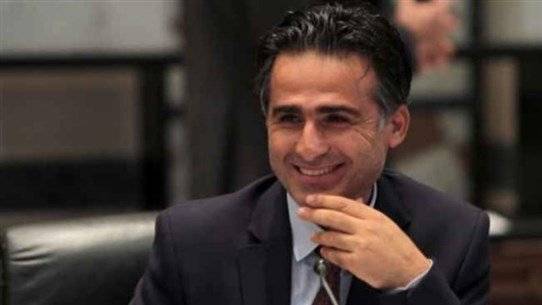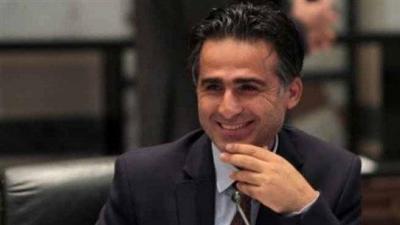The cleanup operation at the Port of Beirut began immediately after the explosion that occurred on August 4 and the conclusion of the search for the victims' bodies. Rubble and a significant number of damaged cars and steel were collected in several locations within the port, which hindered the utilization of vast areas that became unused. Minister of Public Works and Transport in the caretaker government, Ali Hamie, stated to MTV: "I don't want to sell the steel haphazardly," indicating that he is preparing specifications for a bidding process to sell the steel by the kilogram. Hamie confirmed that he would work on forming a committee consisting of representatives from the army, customs, and port management to evaluate the value and weight of the assets.
The second step Hamie will take is to divide the port into zones according to the services it provides, preparing specifications for the reconstruction of each zone. This will open up competitive opportunities for local and global companies, allowing the specifications to be more precise and professional, thus reducing costs and increasing revenue. Hamie anticipates that the outline of these zones, their specialties, and the services they provide will become clear by the end of August.
Hamie frankly stated, "In this case, no one can say that we have given the port to the Germans or the French; rather, we are opening the field to anyone who meets the conditions." He appears very satisfied with the port's revenues in recent months, which are in cash dollars—a situation not seen in any other facility in the country. He emphasized that "the port operates at full capacity, and when I took over the ministry, there were three cranes working out of 16, while today that number has increased to 12," adding: "We are rebuilding the facility that was destroyed, and anyone who wants to contribute and invest is welcome."




